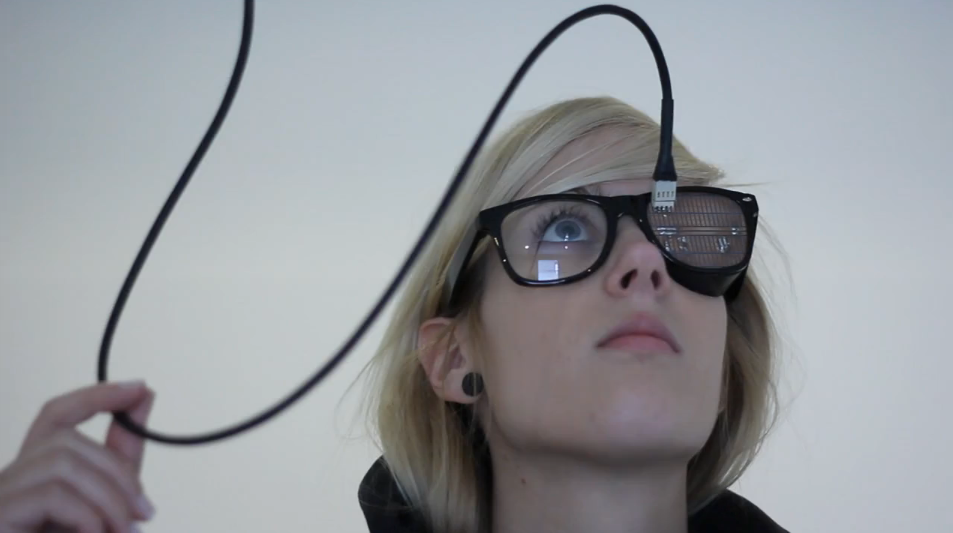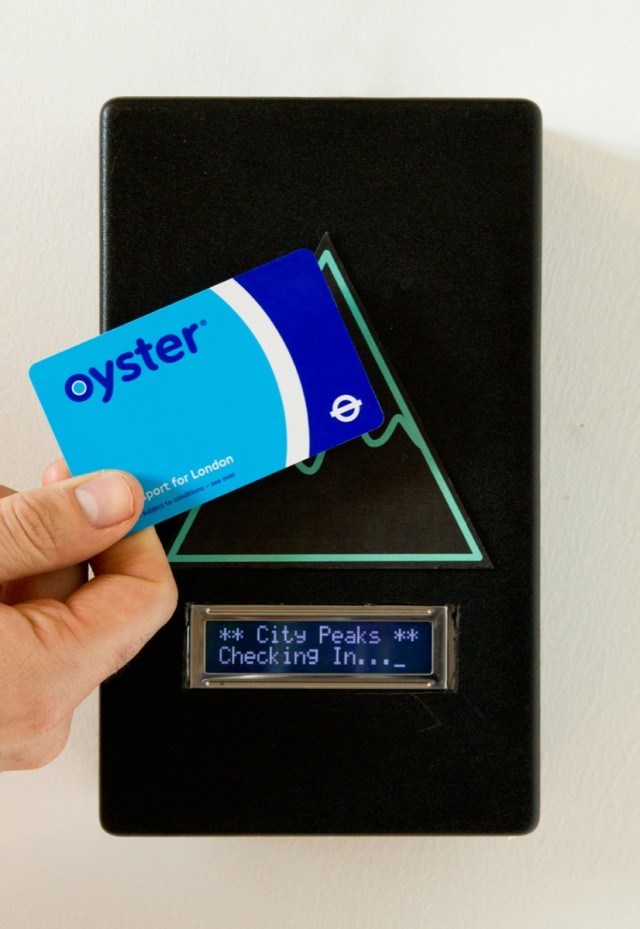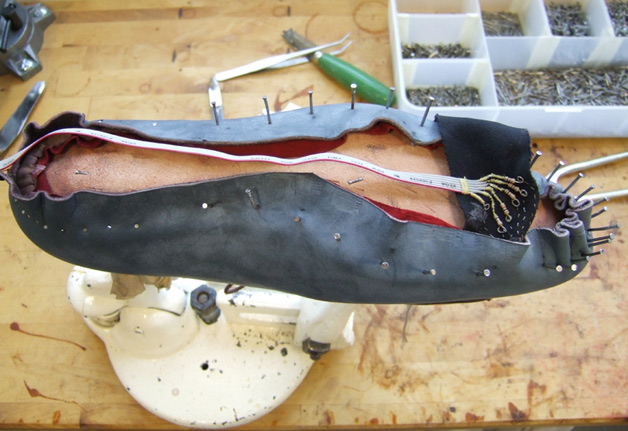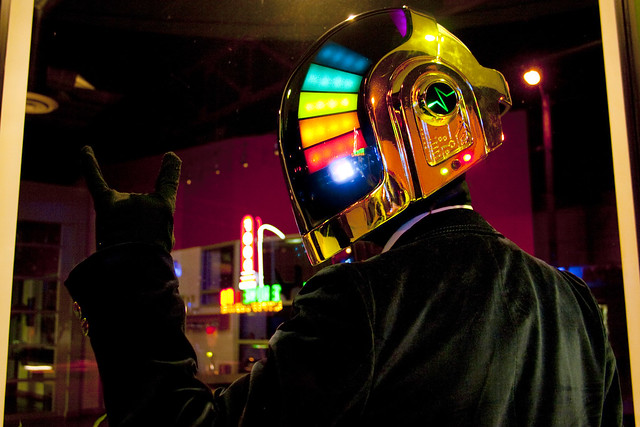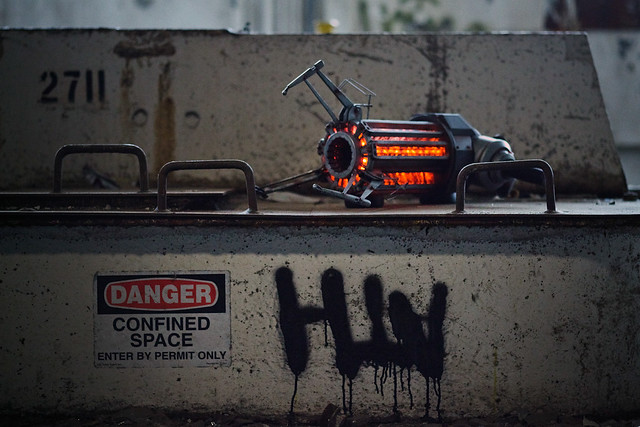Luo Yi Tan – Assignment 8 – Looking Outwards
Projection mapping
Awesome realtime projection mapping project that involves a stepper motor and an Arduino. This project seems interesting to me because it sort of changes an object without actually changing any of it’s physical properties, blurring the line between the real and the virtual. For now it’s being used for pretty basic stuff, but I can see the potential in the in art. I think it would make a really cool clock! This could be used in art installations, and it would be interesting if we could add interactivity to this as well.
Touch Vision Interface
This mobile application allows the user to interact with with different surfaces through the phone’s touchscreen interface. I like this project because of all the potential applications it has, like in videogames or art installations. It could be used for multiplayer games on multiple screens, or art installations that allow the viewer to interact with the art using their cellphone. This probably could be used together with the previous project I mentioned to create interactive installations. With the rate that this technology is developing, maybe one day we wouldn’t even need a screen to interact with objects like this, and have ability to manipulate them by just gesturing.
Piccolo, the drawing bot
Piccolo is a cheap, little, and adorable drawing machine. It’s great for making drawing experiments and little doodles, and you could also assemble several Piccolos together to make a large drawing. It’s kind of like the modern version of the Logo turtle, with a lot more customization. I like the fact that it’s affordable and also looks really fun to play with, especially with all the possible Arduino add-ons you could attach to it. It could be potentially used to teach people programming in Processing like the Logo turtle, as seeing Processing drawings on an actual canvas is a lot more exciting than seeing them on a screen.

